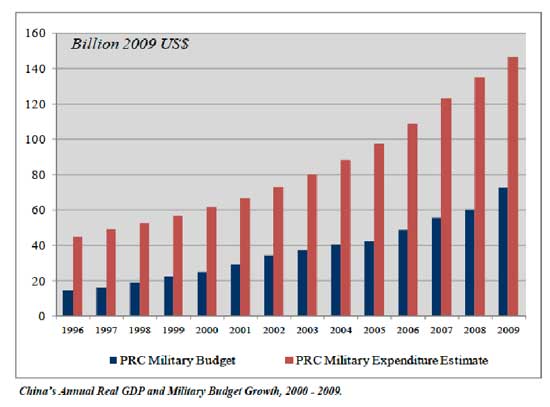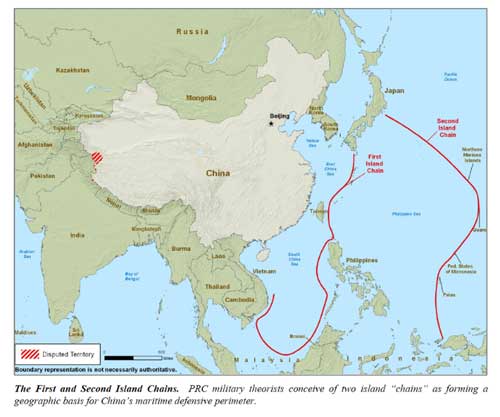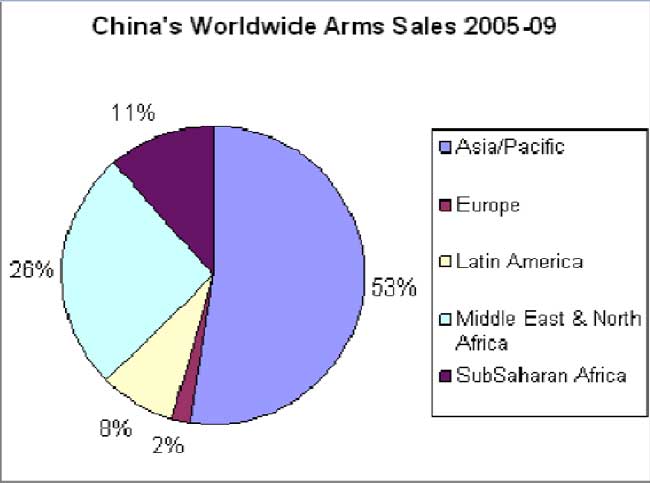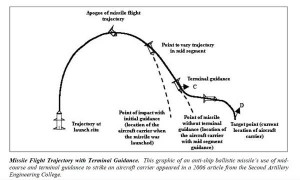The Future of Power Projection: Templates for Understanding the Chinese Challenge
By Dr. Robbin Laird
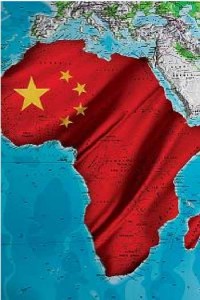 China in Africa,
China in Africa,
Plamen Petkov
Changing Epochs
Richard Weitz has provided a good look at the most recent Pentagon report on the evolution of Chinese military power. Clearly the new number two economic power, which has significant and growing manufacturing capability, is a force to be reckoned with. But a difficulty facing American and Western analysts is how to interpret the challenge and ways to cope with or manage it.
A global shift in manufacturing capability towards China, a significant investment by China in global commodities and the enhanced presence of China on the world stage are all significant developments. When married to a growing investment in the development and fielding of military capabilities, something globally significant is afoot; of the sort which suggests changing epochs.
This all raises the question of what template or templates to use when dealing with interpreting the ascendant Chinese military challenge?
Many analysts simply compare or contrast the state of Chinese military power to that of the United States. This is seriously flawed because the U.S. built a power projection capability to deal with the Soviet Union and Asian operations, and the sunk cost in this investment still provides for unparalleled global capabilities.
But sunk cost is not the same as making significant investments to build new capabilities. And many analysts confuse past historical capabilities persistent into the present with future realities shaped by absent investments necessary to shape relevant capabilities for the future.
China does not need to mimic or match U.S. power projection capabilities to become ascendant. They need simply to project power into the Asian region to reshift the power relationships within Asia.
Graph 1
Graph 2
Graph 3
The U.S. has been the key lynchpin holding together the Asian powers, which de facto contain China. An ability to threaten the lynchpin function is almost enough by itself to create the effect which the Chinese leadership would wish to create – Asian powers competing with one another without the binding power of the American lynchpin. This leaves them open to Chinese hard power being married to the ascendant soft power of China in the region.
The capabilities which the Chinese are emphasizing – notably air and missile systems – are eminently exportable. By having a first class missile business a decade out, the Chinese can change regional power balances by export policy only incidentally supported by the power projection capability necessary to dominate in far away regions.
Graph 4
Also, the Chinese are enhancing their Coast Guard capabilities to shape their role in securing the conveyer belt of goods and services. They have entered the world in the fight against piracy and are participating with Coast Guard or Navy ships and assets far away from Chinese waters.
Additionally, the tool sets of no interest for Western or U.S. forces to acquire, such as mini submarines, are of interest to the Chinese. They have a distinct interest to invest in “asymmetric” technologies to shape disruptive capabilities to U.S. and allied forces.
For example, the Chinese recently used a mini sub to project power. According to Reuters: China said on Thursday it had used a small, manned submarine to plant the national flag deep beneath the South China Sea, where Beijing has tussled with Washington and Southeast Asian nations over territorial disputes. The submarine achieved the feat during 17 dives from May to July, when it went as deep as 3,759 meters (12,330 ft) below the South China Sea, the official China News Service said, citing the Ministry of Science and Technology and State Oceanic Administration.
The largest Coast Guard fleet in Asia belongs to Japan, but the Chinese are expanding their fleet. Americans often forget the significance of global USCG activities and with the USN entering into some traditional domains operated by the USCG with its littoral assets, the role of Coast Guard activities as part of the global presence activity will grow in significance. This is especially due to the role of global maritime trade, the need to protect the “conveyer belt of goods” and the expanded significance of offshore minerals and commodities. Presence is a key good for power projection in the 21st century, even if this presence is playing “civil” functions.
In other words, the Chinese can invest in technologies for global export, for enhanced “asymmetric” capabilities, and anti-access denial and it is enough to degrade declining numbers of U.S. forces.
Indeed, unless the U.S. shapes innovative joint con-ops and invests in new technologies leveraging some of the core new capabilities, such as the fifth generation fighters, the ability to deter will go up for the Chinese simply by enhancing degradation of U.S. capabilities. Again, the lynchpin function for the United States is central to its Asian role.
 Chinese Deployment to Conduct International Counter-Piracy Operations
Chinese Deployment to Conduct International Counter-Piracy Operations
Credit photo: http://news.bbc.co.uk
*** Graphs 1, 2,3 and 4 come from the 2010 Annual Report to Congress on Military and Security Developments Involving the People’s Republic of China.
———-
*** This week we have a special report on the Chinese challenge. The report provides a one-stop download of the articles posted this week on various aspects of understanding the Chinese challenge. It can be downloaded as a pdf file [906K].


